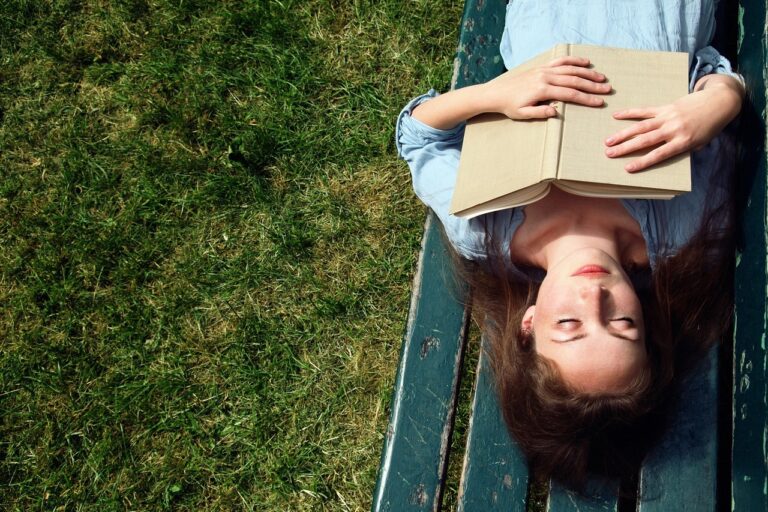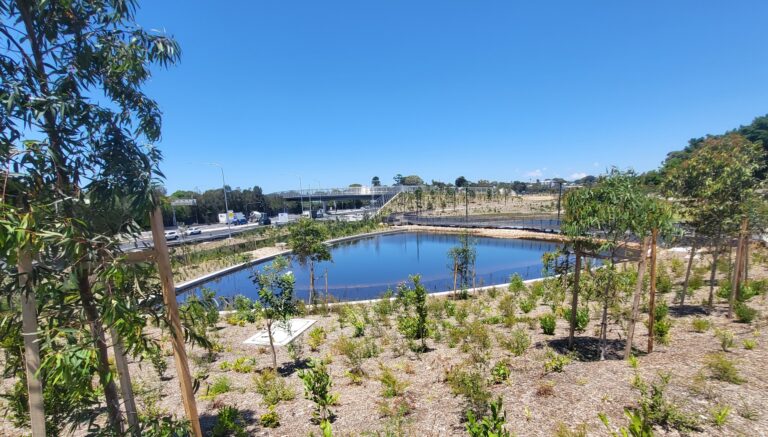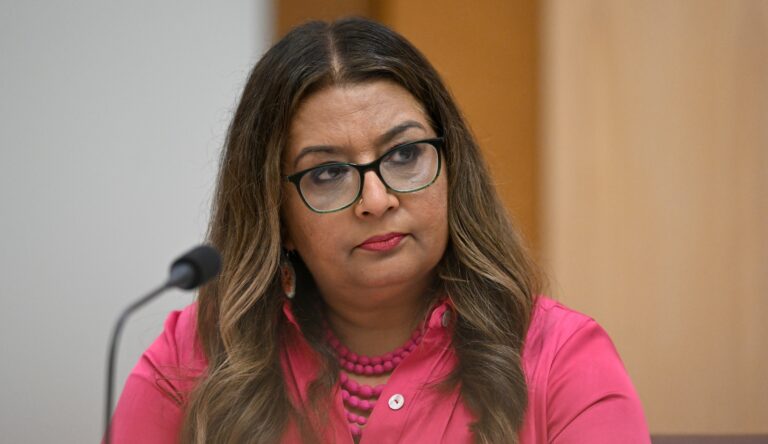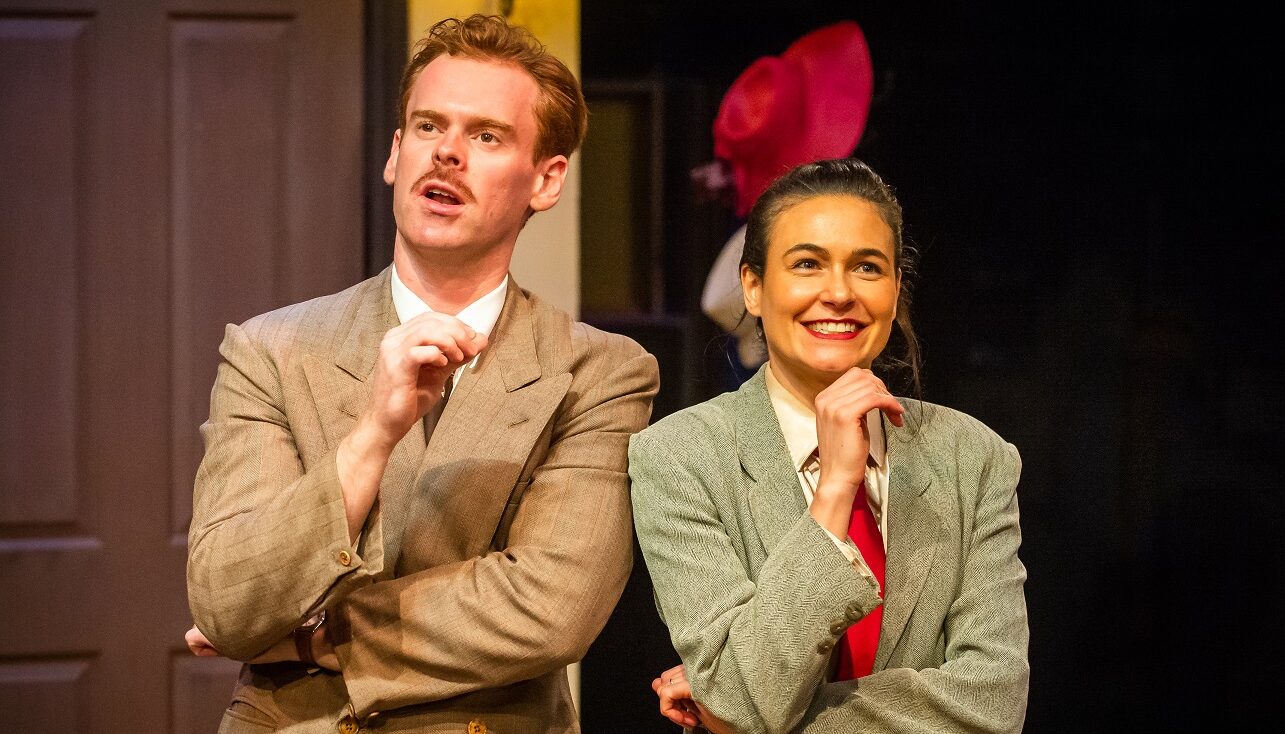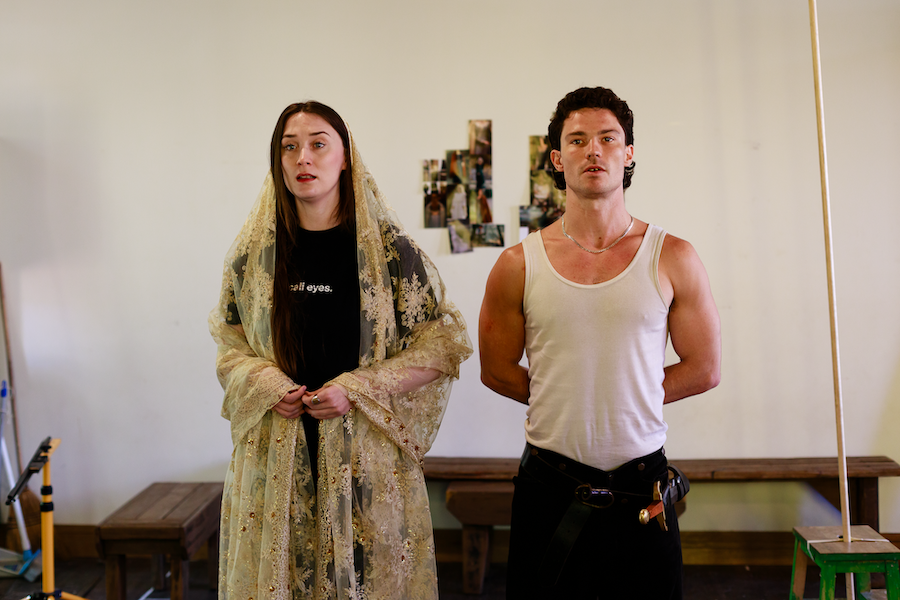
Those Dashing McDonagh Sisters – BOOK REVIEW

The full title of Mandy Sayer’s new book is Those Dashing McDonagh Sisters: Australia’s First Female Filmmaking Team.
Beside the filmmaking, Sayer also goes into the story by what she sees as an enmeshment between the sisters that would last their lifetimes.
“I recognised the closeness of the sisters as I had an enmeshed relationship with my father, but through this they drew so much strength,” Mandy Sayer, author, said.

The three sisters, from a family of seven, from the 1920s to the early 1930s would write, produce, direct and publicise some of our best silent and early talkie films.
Employing the same approach to research that she used on a previous book, Australian Gypsies, Sayer first came across the story online and quickly made her way to the National Film and Sound Archive in Canberra for further investigation.

“I went to the NFSA and listened to three hours of interviews with Paula, the youngest sister, who was not a filmmaker, and she had great stories about their childhood and early adult life,” Sayer, said.
“Once I heard those interviews I knew I had a story.”
Isabella, Phyllis and Paulette were all born within three years of each other at the turn of the century to a surgeon father who had an upmarket patient list and moonlighted his skills at the JC Williams theatre.

Their mother ran an open house and held weekly soirees for the local and overseas travelling performers.
The sisters would become avid filmgoers, often taking in a movie three or four times a day.
At night they would dissect what they had just seen and make notes on the acting and storylines and discuss how they could be improved.
“They didn’t know it at the time but being born at the turn of the century they represented the new woman in the glorious jazz age,”Sayer said.

While living in a large house in the centre of Sydney replete with a fabulous art and furniture collection their father suddenly dies from a cocaine overdose, leaving them grieving but also with the realisation that they are not as well off as thought.
The three sisters decide that if they make a film they could increase their nest egg, and in 1926 they made Those Who Love, with careful attention to hiring the best actors and crew.
Paulette would write and direct, the ravishing Isabella would act and Phylis would take care of everything else.

Their new home in Drummoyne, filled with their fathers collections, would become the setting.
It was a success and was soon followed by more features.
“They revolutionised Australian film,” Sayer said.

The first three films were love stories but the women were different: they cracked safes, they brandished pistols and danced the Charleston on Tamarama Beach and were the embodiment of the new woman.”
After the sisters are forced to give up filmmaking in the early 1930s, Sayer follows their individual lives with equally incredible revelations.
While shedding light on early Australian filmmaking, The Dashing McDonaghs is also a snapshot of a time of rapid change, led by these amazing women, written in Sayer’s crisp storytelling style.
Those Dashing McDonagh Sisters: Australia’s First Female Filmmaking Team by Mandy Sayer.
Published by NewSouth Publishing
Available in print and digital through leading book outlets
